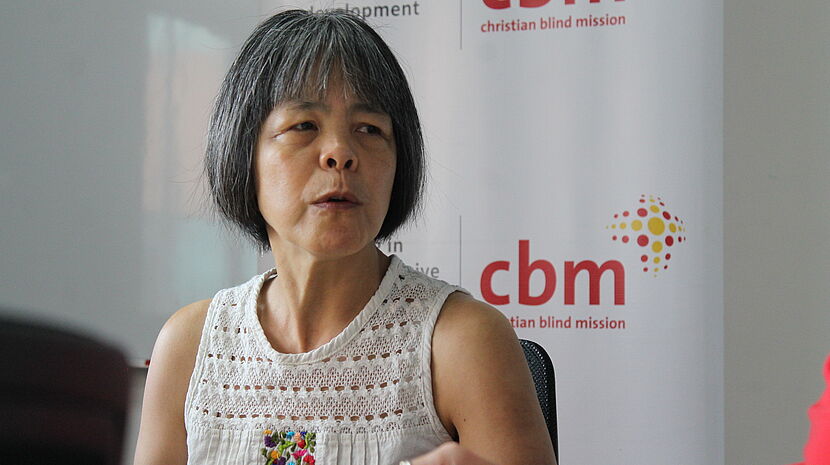Taking an intersectional approach to inclusion

“Inclusion is not just about counting,” Silvia Quan.
CBM’s CBID training programme equips colleagues and partners with the knowledge and skills they need to realise the UN Convention on the Rights of Persons with Disabilities in local communities. Silvia Quan, currently president of Colectivo Vida Independiente in Guatemala, is a CBID co-trainer in Central America and the Eastern Mediterranean. She explains why an intersectional approach is key to effective and sustainable CBID projects.
Community Based Inclusive Development is community-driven and people-centred. This means that for CBID to be effectively implemented, it needs to be tailored to the local context and to persons with disabilities in the community. Persons with disabilities are not a homogenous group. An intersectional approach considers this broad diversity of persons and situations for better long-term outcomes.
When talking about the rights of women with disabilities, for example, we need to apply an intersectional approach. Women with disabilities are diverse; we are young, elderly, indigenous, migrants, and come from different socio-economic classes, rural and urban areas, just to mention a few layers of identity. Intersectionality means that each woman experiences disability differently. Therefore, it is essential to think about the variety of experiences that permeate women with disabilities when working on programmes for empowerment, inclusion in the workforce, economic support, or education.
In my lived experience, being a blind woman and a descendant of Chinese migrants, I have faced situations where this intersection has affected me discriminately. Often, when people work on disability issues, they overlook how these intersections negatively impact how a right can be fulfilled or how effective inclusion can be for women and girls with disabilities.
Inclusion is not just about counting and saying, for example, “we have 500 or 100 women”. It is also about taking these intersections into account. Lived experiences are so varied that it’s best to consider everything we can. If possible, design and implement programmes that are not only directed at adult women; include young women, girls who have different experiences and needs. Or indigenous women, women of mixed heritage, urban women, rural women.
This article is taken from CBM’s CBID Report 2024. Read the report in full here.